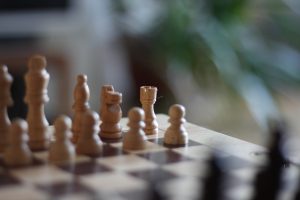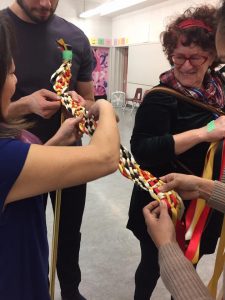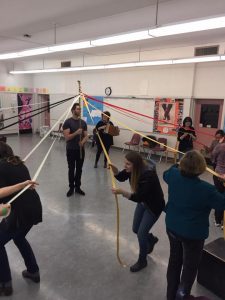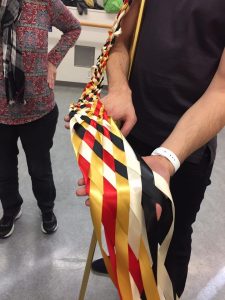Are you interested in a spring book club? We have two different books on offer. On April 26 and May 31, we will examine Making Number Talks Matter by Cathy Humpreys and Ruth Parker. This book helps us explore how to lead our classes in the Number Talks routine, and how to deepen mathematical understanding. The book is aimed at Grade 4-10 teachers. Our first session will be introduced to the topic, receive books and we will read a chapter, and in the second session will have us review our reading and share ways to use it in our classes. I’m also interested in working with classroom teachers to implement number talks, so I will follow up with you on a 1:1 basis with support. Read more about the book here.
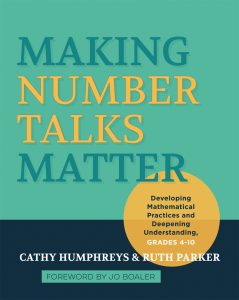 Our second book club is on Tracy Johnstone Zager’s Becoming the Math Teacher You Wish You’d Had: Ideas and Strategies from Vibrant Classrooms. This book club will meet on May 7 and May 28. Zager will be attending next October’s BCAMT PSA conference in Whistler, so there will be lots of opportunity for follow up. Read more about this book here.
Our second book club is on Tracy Johnstone Zager’s Becoming the Math Teacher You Wish You’d Had: Ideas and Strategies from Vibrant Classrooms. This book club will meet on May 7 and May 28. Zager will be attending next October’s BCAMT PSA conference in Whistler, so there will be lots of opportunity for follow up. Read more about this book here.
Sign up on our staff development calendar. If you need more info about the book clubs or just want to chat, contact me at Donna.Morgan@burnabyschools.ca
3 Weeks Until Video Contest Ends
Entries into our 3-Act Math Video Contest are due on April 30. Find details here:

